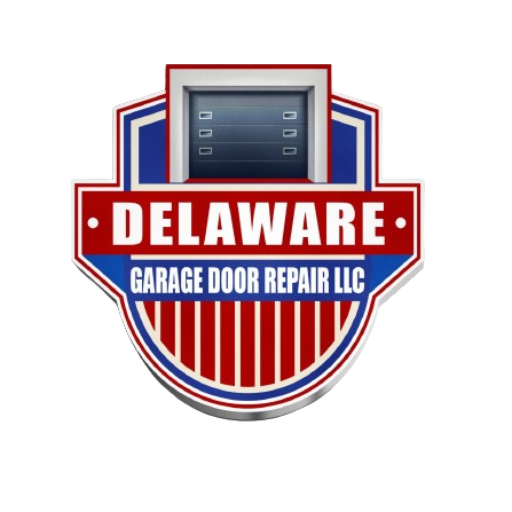
The Ultimate Guide to Garage Door Opener Repair for Homeowners
A malfunctioning garage door opener can disrupt your day and compromise the security of your home. Whether you’re dealing with a motor that won’t run, a door that refuses to close, or a noisy opener, knowing the basics of garage door opener repair can save you both time and money. This guide is designed to provide homeowners with the tools and knowledge needed to troubleshoot and fix common issues effectively.
Common Causes of Garage Door Opener Problems
Understanding the root causes of garage door opener issues is key to successful repairs. Here, we’ll explore the most frequent issues and why they occur.
1. Power Supply Issues
One of the most common reasons a garage door opener stops working is due to power interruptions. Issues like a tripped circuit breaker, a loose power connection, or a blown fuse can all cause the opener to fail.
2. Malfunctioning Sensors
Modern garage door openers rely on safety sensors to ensure the door operates securely. When these sensors become dirty, misaligned, or damaged, the opener might stop functioning or prevent the door from closing entirely.
3. Mechanical Wear and Tear
Over time, parts of your garage door system—such as the chain, belt, or springs—can wear down or break. Mechanical issues often result in loud noises, uneven operations, or total failure.
Step-by-Step Troubleshooting Guide
Many problems with your garage door opener can be fixed with a systematic approach. Follow these steps to identify and resolve common issues.
Check the Power Supply
The first and easiest step to troubleshooting a non-functioning opener is ensuring it’s receiving power.
- Inspect the outlet: Plug another device into the outlet to see if it works.
- Check the circuit breaker: If the breaker has tripped, reset it and try operating the opener again.
- Inspect the power cord: Look for fraying or loose connections.
Examine the Safety Sensors
Safety sensors are a critical component but are prone to issues. If your door won’t close, they’re often the culprit.
- Clean the sensors: Wipe away any dirt or debris with a soft cloth, ensuring the lenses are clear.
- Confirm alignment: The sensor lights should be steady, indicating proper alignment. If they’re blinking, adjust the sensors until the lights stop flashing.
- Check for obstructions: Remove any objects blocking the sensor beams for smooth operation.
Inspect and Maintain Mechanical Parts
Noisy or sluggish operation often indicates mechanical wear.
- Lubricate moving parts: Apply a silicone-based lubricant to hinges, rollers, and the track to reduce friction.
- Examine the tracks: Look for bends, dents, or debris that could impede the door’s motion.
- Inspect the drive system: If the chain or belt appears loose or damaged, tighten or replace it as needed.
Key Repairs You Can Handle Yourself
For more complex problems, you may need to roll up your sleeves. Here are a few key repairs homeowners can often tackle themselves.
Replacing Remote Batteries
If your remote isn’t responding, the batteries could be dead. Replacing them is straightforward:
- Open the battery compartment on the remote.
- Replace the old batteries with new ones of the same type.
- Test the remote to ensure it’s working correctly.
Realigning or Replacing Sensors
If cleaning the safety sensors doesn’t restore functionality, you may need to realign or replace them:
- Loosen the mounting brackets on the sensors.
- Adjust the sensors until their LED lights stop blinking.
- Tighten the brackets and test the operation.
Adjusting the Chain or Belt Tension
A loose chain or belt can cause jerky or uneven movement:
- Locate the tension adjustment screw on the opener unit.
- Turn the screw clockwise to tighten and counterclockwise to loosen the chain or belt.
- Test the door to ensure smooth operation.
When to Call a Professional
Although many issues can be resolved with DIY solutions, there are times when professional repair is the safer and smarter option.
Signs You Need Professional Assistance:
- The opener’s motor emits a burning smell or smoke.
- The door sags or falls when in operation.
- Springs or high-tension cables are broken.
- Electrical issues involve wiring repairs or replacements.
Garage door systems can be dangerous to repair due to high-tension components. When in doubt, always prioritize safety by consulting an expert.
Final Thoughts
By learning how to diagnose and address common garage door opener problems, you can keep your garage door operating reliably and avoid unnecessary costs. Whether it’s replacing batteries, realigning sensors, or maintaining mechanical parts, many fixes are within the reach of homeowners. For more complex repairs, trust professional services like Delaware Garage Door Repair, who can ensure your door operates smoothly and securely. Contact them for expert assistance tailored to your needs!
